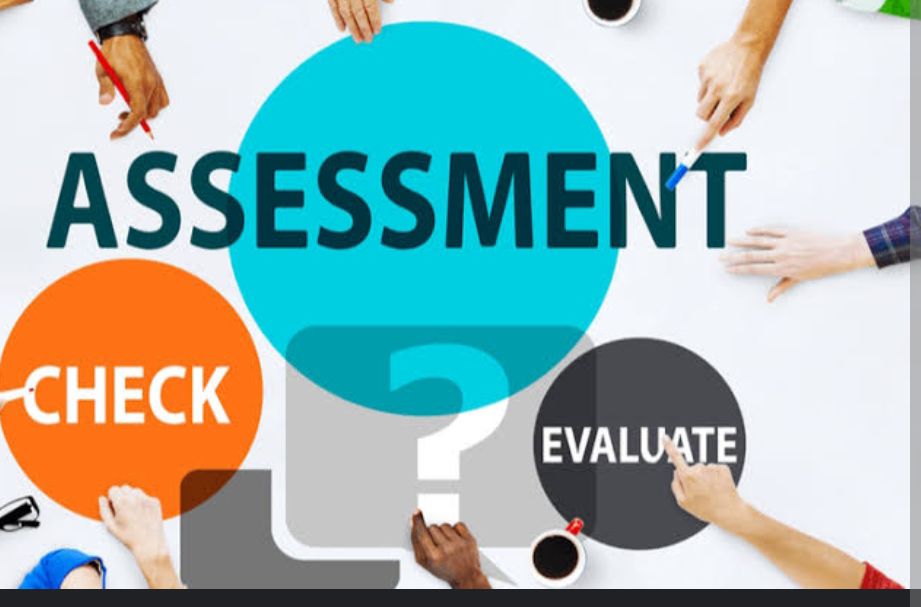
Have you ever crammed for a test, only to be left feeling unsure if you truly grasped the material? Those late-night study sessions can feel like a desperate attempt to appease the assessment beast lurking at the end of the unit. But what if assessments could be more than just scary monsters lurking in the shadows? Enter assessment for learning (AfL), a revolutionary approach that transforms feedback from a fearsome foe into a supportive squad cheering you on throughout your learning journey.
Assessment: Beyond the Final Exam
Traditionally, assessments were seen as a way to measure learning after a unit was complete. Think end-of-chapter quizzes or final exams. These summative assessments offer a valuable snapshot of a student’s understanding at a specific point in time. However, AfL flips the script entirely! It’s about continuous evaluation throughout the learning process. Imagine short quizzes sprinkled throughout a history lesson, acting like mini-checkpoints to identify any roadblocks students might be facing before they become insurmountable obstacles. This allows teachers to adapt their teaching to address student needs in real-time, and empowers students to refine their study habits and learning strategies (think personalized learning!).
Unpacking the AfL Toolbox: Strategies for Every Learner
AfL isn’t a one-size-fits-all approach. Here’s a peek into the diverse tools AfL offers:
Quick Checks: These bite-sized assessments, like exit tickets or online polls (perfect for virtual classrooms!), provide a snapshot of student understanding at key points in the lesson. Imagine a quick online quiz after a biology lecture on photosynthesis, allowing the teacher to identify if students grasped the concept of cellular respiration before moving on.
Self-Assessment: Empowering students to take ownership of their learning is a cornerstone of AfL. Utilize checklists, reflection prompts, or online self-assessment tools to encourage students to identify areas where they excel and areas where they might need additional support. Think of a student reflecting on their writing assignment using a self-assessment checklist that highlights areas like grammar, sentence structure, and clarity of ideas. This fosters a growth mindset and helps students become active participants in their learning journey.
Peer Feedback: Students learn from each other too! Carefully structured peer-review activities or collaborative projects can provide valuable insights and different perspectives. Imagine students critiquing each other’s math proofs, offering constructive feedback on logic, clarity, and use of mathematical formulas. This not only deepens student understanding but also hones valuable communication and collaboration skills.
AfL and EdTech: A Powerful Alliance
Educational technology (EdTech) offers a treasure trove of tools to enhance AfL:
Interactive Whiteboards: Imagine a virtual space where students can brainstorm ideas for a science experiment, share their research findings, and receive instant feedback from classmates and teachers. This fosters a dynamic learning environment and promotes active participation.
Online Quizzes with Adaptive Learning: These platforms go beyond simple answer checks. They can adjust the difficulty level of questions based on student performance, providing targeted feedback and ensuring students are challenged appropriately. Think of an adaptive learning platform for a literature class that offers students more complex literary analysis questions after they demonstrate a strong understanding of basic plot elements.
Discussion Forums and Chat Tools: Whether in a physical classroom or a remote learning environment, online discussion forums allow for ongoing communication and clarification of concepts. Students can ask questions, share resources (think links to relevant articles or online tutorials!), and learn from each other’s perspectives. Imagine a student confused about a specific historical event posting a question on a class forum, sparking a lively discussion and enriching everyone’s understanding.
The Rewards of AfL: Beyond the Grade
AfL isn’t just about ticking boxes on a report card. Here’s how it empowers students to become successful learners:
Boosts Confidence: When students receive regular, specific feedback, they gain a clearer understanding of their strengths and weaknesses. Imagine a student receiving detailed feedback on their writing assignment, highlighting areas where their writing shines and offering suggestions for improvement. This fosters confidence and a sense of accomplishment as they see their progress.
Develops Self-Regulation Skills: AfL encourages students to become self-directed learners. By reflecting on their performance and setting learning goals, they develop valuable metacognition skills – the ability to think about their own thinking. Imagine a student identifying their challenges with solving math problems and seeking out online resources or enrolling in a self-paced online course to improve their problem-solving strategies.
Promotes Collaboration: AfL fosters a collaborative learning environment where students learn from each other. Peer feedback activities and group projects encourage students to communicate effectively, explain their reasoning, and learn from diverse perspectives. Imagine a student working on a group project in a virtual classroom, utilizing video conferencing tools to discuss their research findings and offering constructive criticism to their teammates’ presentations. This not only deepens their understanding of the topic but also hones valuable communication and collaboration skills – essential for success in any field.
Getting Started with AfL: A Teacher’s Guide
The beauty of AfL lies in its flexibility. Here are some tips to kickstart your AfL journey:
Start Small: Introduce one or two AfL strategies in your classroom and gradually build upon them. Perhaps begin with exit tickets at the end of each lesson or incorporate self-assessment checklists for a specific assignment. As you and your students become comfortable, explore new AfL techniques.
Embrace Technology: Explore the vast array of EdTech tools available and find what works best for you and your students. Online quizzes, discussion forums, and interactive whiteboards can all be powerful AfL allies. Consider incorporating e-learning platforms comparison websites or online reviews to find the most suitable EdTech tools for your specific needs and budget.
Focus on the Learning Journey: Remember, AfL is about formative assessment, not just summative evaluation. Use feedback to guide instruction and empower students to take ownership of their learning. The goal is to create a dynamic learning environment where students are no longer passive test-takers but active participants in their educational success story!
AfL: Transforming Assessment into a Force for Good
Assessment for learning isn’t just about grades or checking boxes. It’s about creating a supportive learning environment where students feel empowered to take risks, embrace challenges, and celebrate their progress. By incorporating AfL strategies and leveraging the power of EdTech, you can transform feedback from a scary monster into a cheerleading squad, motivating students to reach their full potential and embark on a lifelong journey of learning and discovery. So, why not give AfL a try and witness the magic of transforming assessment from a foe into a force for good in your classroom? Imagine the smiles on your students’ faces as they confidently navigate the learning landscape, cheered on by the supportive spirit of AfL!










